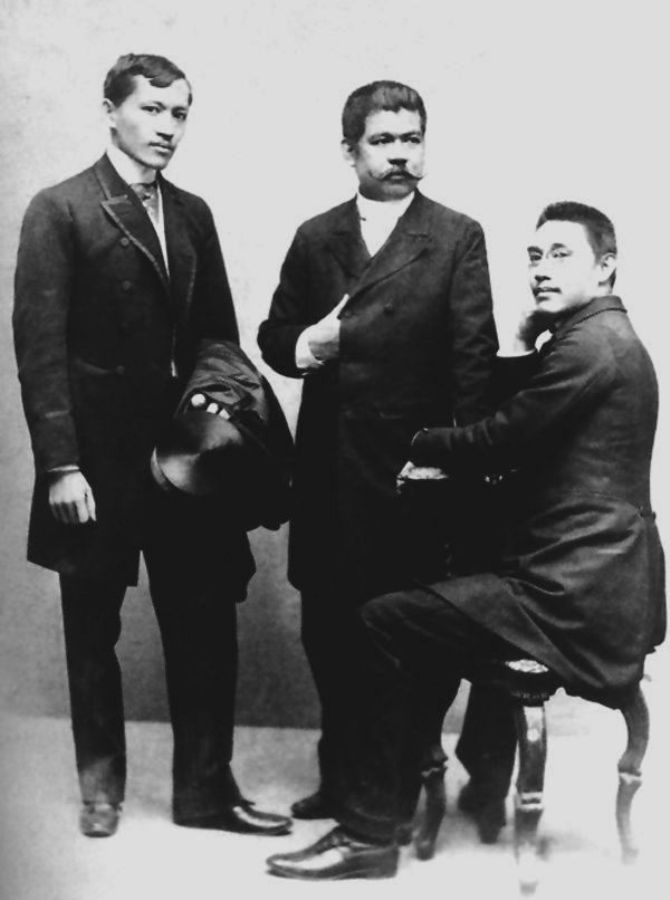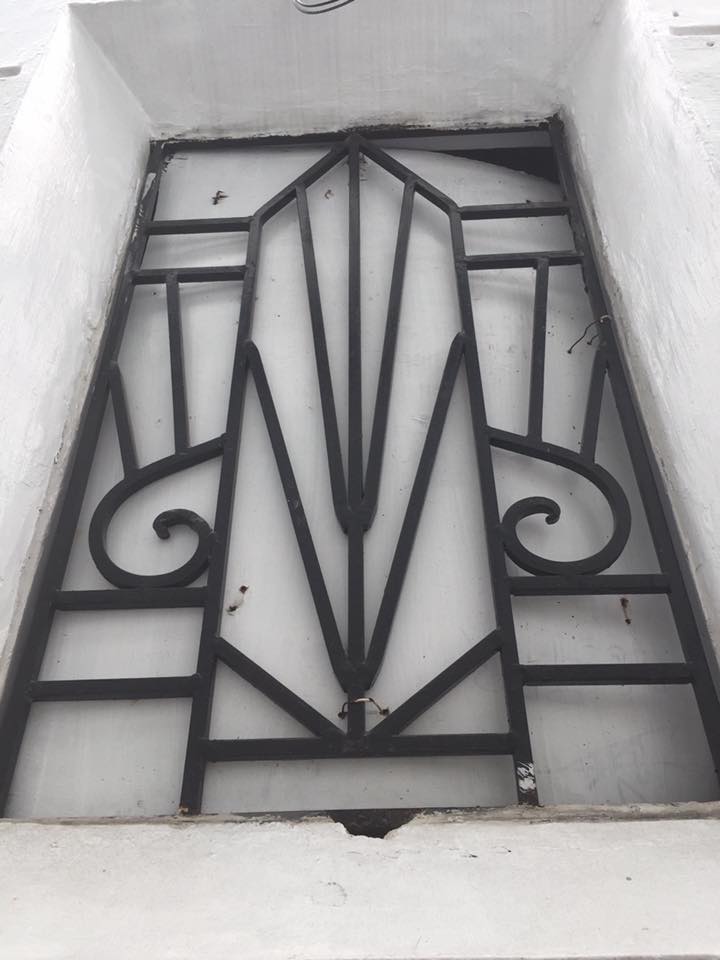Last Updated on May 24, 2021 by OJ Maño
Mariano Collantes Ponce, was born in Baliuag, Bulacan, on March 22, 1863, the eldest of the seven children of Mariano Ponce and Maria Collantes de los Santos. He had his early schooling in his hometown and finished his secondary education in the private school of Juan Evangelista, Hugo Ilagan, and Escolastico Salandanan in Manila.
Read Interesting Trivia for Today: Etymology of Bulacan and its 24 Towns and Cities
Afterwards, he enrolled at the college of San Juan de Letran where he obtained his Bachiller en Artes in 1885. Then he transferred to the Sto Tomas University (UST) to study medicine. In 1887, he left for Europe and registered at the Central University of Madrid, where he finished his medical degree in 1889.
Mariano Ponce is a national hero, a doctor, writer, diplomat, a prominent member of the Propaganda Movement, a political leader, and a proud Bulakenyo.
Mariano Ponce’s La Solidaridad
He joined Jose Rizal, Marcelo H. del Pilar, Graciano Lopez Jaena, and other patriots in the crusade for the needed Philippine reforms. He assisted Lopez Jaena in founding La Solidaridad in Barcelona on February 12, 1889. He headed the Literary Section of the Asociacion Hispano-Filipina, a society of Liberal Spaniards and Filipinos, founded to help the Propaganda Movement, of which he was elected Secretary.

According to Timoteo Paez, another prominent member of the Propaganda movement, Mariano Ponce had the biggest contribution behind the La Solidaridad framework and success because he leads the financial department, the content organization, and even the publishing distribution.
As managing editor, he regularly wrote for La Solidaridad on history, politics, sociology, and travel under various pseudonyms, including Naning (his real nickname), Kalipulako (Lapu-Lapu’s name, according to early Spanish explorers), and Tigbalang (or Tikbalang is a half-horse half-human mythical creature in Philippine folklore).
La Solidaridad was a Spanish newspaper and became the Propaganda Movement’s leading voice for reforms in the Philippines during the Spanish colonial period. It is a Quincenario Democratico, which means that this periodical is published every two weeks or fifteen days and is first launched in Barcelona, Spain.
The first issue appeared on February 15, 1889, under the editorship of Graciano Lopez Jaena. His correspondence was transferred to Madrid, and Lopez Jaena handed over the editorial to Marcelo H. del Pilar in an issue that appeared on November 15, 1889. The newspaper lasted for six years until November 15, 1895.
Mariano Ponce: The 1st Philippine Diplomat and Ambassador to Japan
When the revolution broke out in August 1896, he was imprisoned in Barcelona for 48 hours on suspicion of having connections with the uprising. Fearing another arrest, he fled to France and later went to Hong Kong, where he joined a Filipino group that served as the international front of the Philippine revolution.
From 1897 to 1903, Ponce figured in the revolutionary government group in exile called the Hong Kong Junta led by Emilio Aguinaldo. He was made secretary of the “Junta Revolucionaria,” with Felipe Agoncillo as its president. He was also made private secretary of General Aguinaldo.
In 1898, Aguinaldo appointed him as a diplomatic representative of the First Republic to Japan and sought aid to purchase weapons. While in Japan, he met his Japanese wife, Okiyo Udanwara.
A few years after the Philippine-American war, Mariano Ponce returned to the Philippines with his wife in 1907. He became the director of the newspaper “El Renacimiento” (The Renaissance) and a Bulacan representative to the Philippine Assembly from 1910 to 1912. He is credited for the passing of the law that created the National Library. He was also a history researcher of the Philippine National Library and Museum (1916).
The Philippines and Taiwan connection: Mariano Ponce and Sun Yat-Sen

From his travels from Hong Kong to Japan, he met fellow Asian leaders (from Korea, India, Siam, and Japan) who shared his sentiments of liberty for their peoples. In fact, Ponce’s house in Yokohama, Japan, became a meeting place for Asian nationalists. He even met Dr. Sun Yat-Sen there. Through discussions and negotiations, Dr. Sun and Ponce became close friends.
Dr. Sun Yat-Sen is referred to as the “father of modern China.” He played an instrumental role in the eventual collapse of the oppressive Qing (Manchu) Dynasty in 1911. In 1912, he was the first provisional president of Taiwan, officially called the Republic of China (ROC). He later co-founded the Kuomintang (KMT) or the Chinese Nationalist Party (CNP).
Dr. Sun introduces Ponce to a Filipino-Japanese man named José Ramos Ishikawa, who assists Ponce in purchasing weapons and munitions for the revolution. But the shipment did not reach the Philippines due to a typhoon off the coast of Formosa (now known as Taiwan).
They remained close friends throughout the years. Ponce even published a biography of Dr. Sun in 1912 entitled, “Sun Yat-Sen: el fundador de la Republica de China.” or Sun Yat-Sen: the founder of the Republic of China.
Ponce also wrote “Cartas Sobre La Revolución,” or Letters About The Revolution. This is his memoirs of the years leading to the revolution and during the Philippine-American war. Among his significant works was Efemerides Filipinas, a column on historical events in the Philippines which appeared in La Oceania Española (1892–1893) and El Ideal (1911–1912). He also wrote Ang Wika at Lahi (1917), discussing the importance of a national language.
On May 23, 1918, Ponce died in a Civil Hospital in Hong Kong. He was supposed to visit his friend Dr. Sun Yat-sen at that time.
Mariano Ponce’s final resting place
Mariano Ponce’s family mausoleum is located at Baliuag’s Catholic Cemetery. The mausoleum itself is a tourist attraction, not just because this is the tomb of the great Mariano Ponce, but also for its Art Deco design. The Art Deco style is known for sharp-edged looks and stylized geometrical decorative details.
Sources:
- Speech of President AQUINO at the FFCCCII and the FILIPINO-CHINESE community’s celebration of the 117th Philippine Independence Day: GOVPH. (2015, June 08). Retrieved March 23, 2021, from https://www.officialgazette.gov.ph/2015/06/08/speech-of-president-aquino-at-the-ffcccii-and-the-filipino-chinese-communitys-celebration-of-the-117th-philippine-independence-day/
- Jose, C. (2020, January 16). The Museo ni Mariano PONCE reintroduces the unknown nationalist to the public. Retrieved March 23, 2021, from https://nolisoli.ph/63669/the-museo-ni-mariano-ponce-reintroduces-the-unknown-nationalist-to-the-public/
- Berto. (2021, March 22). On this day, June 8. Retrieved March 23, 2021, from https://thephilippinestoday.com/june-8/
- Mariano Ponce was born In Baliuag, BULACAN March 23, 1863. (2012, March 22). Retrieved March 23, 2021, from https://kahimyang.com/kauswagan/articles/1029/today-in-philippine-history-march-23-1863-mariano-ponce-was-born-in-baliuag-bulacan
- Mariano Ponce. (2021, March 04). Retrieved March 24, 2021, from https://en.wikipedia.org/wiki/Mariano_Ponce
- Bulacan, Philippines: General Info: Heroes AND Patriots: Mariano Ponce. (n.d.). Retrieved March 24, 2021, from https://www.bulacan.gov.ph/generalinfo/hero.php?id=32
- Museo ni Mariano Ponce. (n.d.). Retrieved March 24, 2021, from https://nhcp.gov.ph/museums/museo-ni-mariano-ponce/


